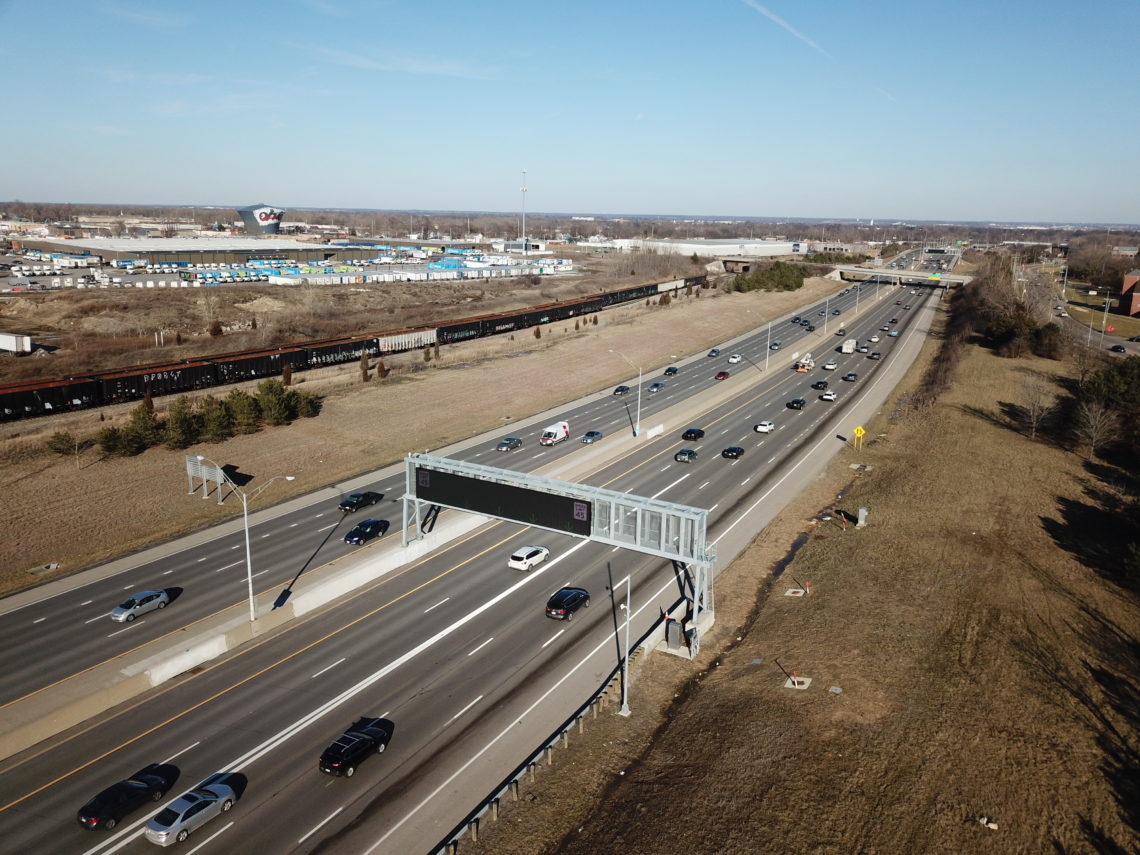
Making Highway Lanes “Smart” to Improve Safety, Reduce Congestion
By late 2019, traffic delays had become a chronic and major problem along a specific section Interstate 670. Not only did it experience heavy congestion, and average speeds of 25 mph, that “travel time” period also varied on a day-today basis, creating significant uncertainty for businesses and motorists. However, a study by the Ohio Department of Transportation found that heavy congestion only affected this section of I-670 for three hours out of any given day. So could there be a way to add extra lanes only when needed?
The Ohio DOT improved reliability and convenience for people driving this section of I-670, contributing to the region’s economic success.
The Ohio DOT settled on a “SmartLane” solution to address I-670’s traffic congestion – the very first such SmartLane highway solution in the state. Using full-color digital signs, cameras, and radar detectors that collect data on traffic speed and density, the agency can now open the left shoulder as an extra eastbound lane during peak travel times or times of heavy congestion. When not needed, the SmartLane closes down – once again reserved only for use by law enforcement, emergency responders, and highway maintenance crews.
Along with the extra capacity, the Ohio DOT obtained authority from the state legislature to change the speed limit on this section of I-670 based on congestion. This option to vary the speed limit is key to the agency’s ability to truly manage traffic, not just monitor it – improving roadway safety as well as helping reduce congestion.
The $12 million cost to deploy digital signs, cameras, and radar detectors also represents a fraction of the cost a traditional highway project would have entailed. Thus the Ohio DOT maximized the use of existing infrastructure and applied technology to improve travel reliability, particularly during evening rush hour. Since the I-670 SmartLane opened in October 2019, average travel speeds increased to 54 mph, with average commute times cut in half. In addition to the time savings, drivers can now rely on a 5-minute commute.
Read additional stories from this state:
2020


